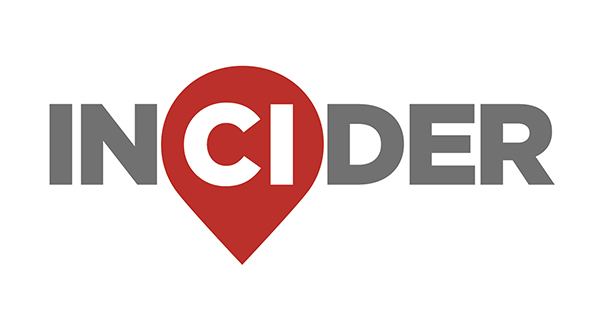To become financially stable, Craft said NISD has made notable changes to its financial management.
"[NISD] is on a trajectory now, financially, that I think we can definitely live within our means, and we've had to reset our budget,” Craft said.
To thrive in a changing environment, Maika said NEISD is constantly evaluating and adjusting its approach towards the district’s goals.
“[NEISD is] in the process of constantly looking at things. No matter if we looked at this five years ago and said 'No', we still have to look at things every year,” Maika said.
The outlook
Both superintendents expressed concerns about a number of emerging trends that are unique to this era. This includes changing demographics, such as smaller families and less people having children; increasing competition from charter schools and other alternative education options; a lack of standardized testing and accountability in alternative education options and the potential impact of the upcoming educational savings accounts.
For the upcoming school year, Maika seeks to take a pragmatic, business-like approach towards the educational landscape.
“Things are changing and evolving so quickly.," Maika said. "I've been fortunate to listen to CEOs from HEB and USAA and Chick-fil-A, and they said, 'We've never seen the rate of change like we are today.' Education is no different. And so as a result, we've constantly got to be looking at, well, did we do this last year? What were its outcomes?”
Craft said that NISD faced the same inflationary pressures as households and businesses have over the last few years, forcing them to adopt deficit budgets, which occur when a district spends more than it accrues in revenue. To combat this, the district streamlined its upcoming budget.
“NISD went through a process called zero-based budgeting across all of our departments, which is really the justification for every expense, rather than rolling forward a budget...Every expense had to be justified. That's part of the hard work that garnered us around $10 million in savings,” Craft said.
Craft and Maika both said public education’s competitive advantage lies in its ability to offer a wide range of options for students to reach their potential.
"We have the full menu. What I mean by that is, when you think about extracurricular and co-curricular activities, there are very few programs that we don't offer. Whether it be athletics, whether it be fine arts, band, choir, art, I mean, you name it, not to mention our magnet programs,” Craft said.
"Public education really allows kids to find their unique path, and there's a program there for them to really find what they're good at and to excel,” Maika said.
What they’re saying
Craft emphasized that a strong public education is the keystone to a successful civilization.
"A strong education system is truly the foundation for which our future resides. It's how our future is built and secured going forward,” Craft said.
Maika said public education’s job was to provide a quality education that prepares students for the future.
“Our job in public education is how we're going to evolve and make certain that people understand the value and the benefits of our system,” Maika said.





